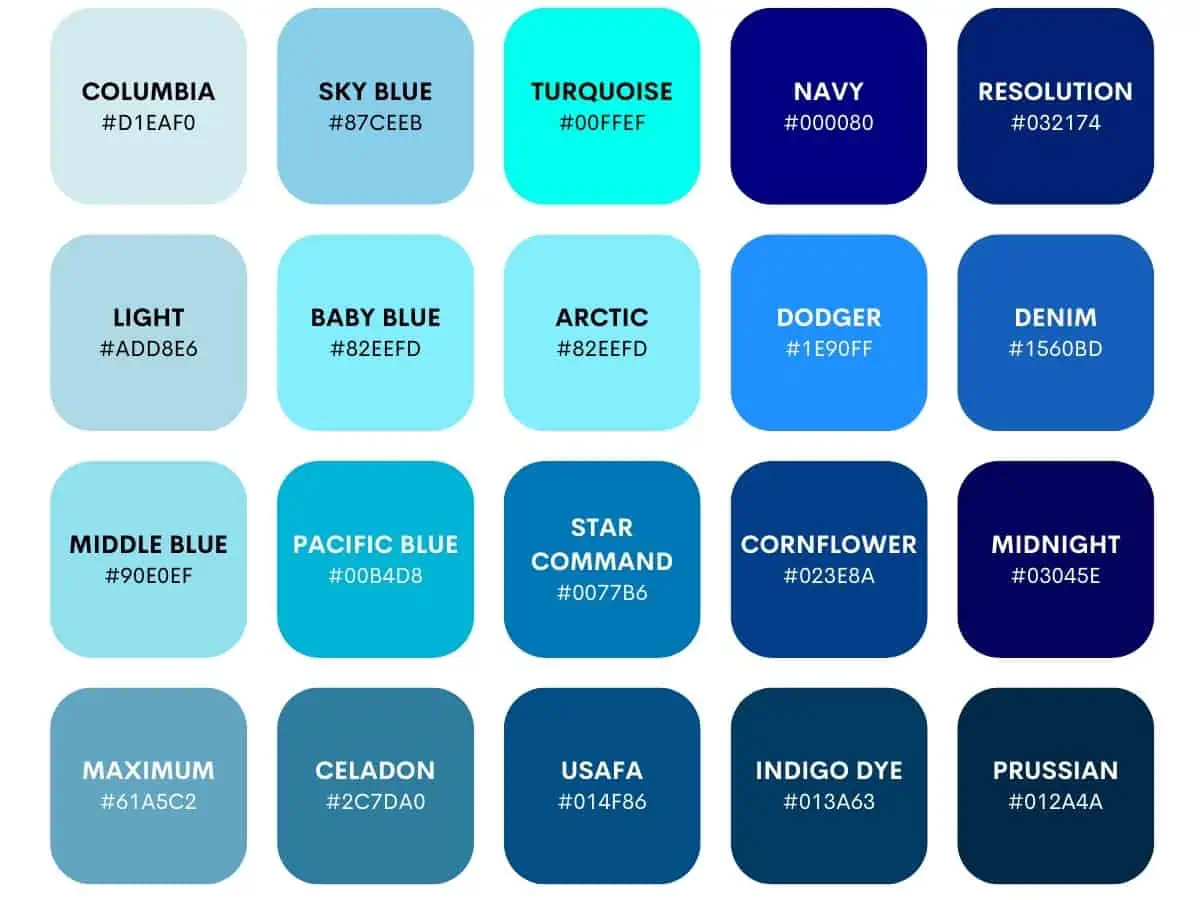In today’s fast-paced world, finding calm and serenity can be a challenge. One often overlooked yet powerful tool for achieving relaxation is music. Specifically, soothing scores have been shown to have a profound impact on both mental and emotional well-being. These carefully crafted compositions can transport listeners to a more tranquil state, improving focus, reducing stress, and enhancing the overall reading experience.
The Science Behind Soothing Scores
Research has demonstrated that listening to soothing music can lower cortisol levels, heart rate, and blood pressure, all indicators of stress. This calming effect is attributed to the brain’s ability to process music as a form of emotional and cognitive stimulation. When we listen to music that we find pleasing or soothing, our brain releases dopamine, a neurotransmitter associated with feelings of pleasure and relaxation. This neurological response can significantly enhance our ability to concentrate and immerse ourselves in activities such as reading.
12 Soothing Scores for Improved Reading
“Clair de Lune” by Claude Debussy: This piece is renowned for its dreamy, evocative quality, making it an ideal accompaniment for reading. The soft, flowing melodies can help create a peaceful atmosphere, conducive to deep engagement with written material.
“Moonlight Sonata” by Ludwig van Beethoven: The gentle, introspective nature of this sonata can provide a soothing backdrop for reading. Its emotive depth can foster a sense of calm, allowing readers to delve deeper into their material.
“The Four Seasons: Winter” by Antonio Vivaldi: While often associated with energy and movement, the winter concerto from Vivaldi’s “The Four Seasons” also contains moments of serene beauty. These can help readers find a balance between alertness and relaxation.
“Piano Concerto No. 23” by Wolfgang Amadeus Mozart: Mozart’s music is celebrated for its clarity and elegance, qualities that make his compositions particularly suitable for focusing the mind. The piano concerto can provide a smooth, uninterrupted flow of sound, perfect for reading.
“Rainy Days and Mondays” by The Carpenters: For those who prefer more contemporary music, this soft, melodic song can evoke a sense of calm. Its nostalgic quality can also stimulate memory and emotional connection, potentially enhancing the reading experience.
“Weightless” by Marconi Union: This song is famously known as the most relaxing song in the world, according to a study. Its carefully crafted rhythm and melody are designed to be soothing, making it an excellent choice for reading.
“River Flows in You” by Yiruma: This contemporary piano piece is characterized by its simplicity and beauty. It can create a peaceful ambiance that fosters concentration and relaxation, ideal for immersing oneself in reading.
“Hallelujah” by Jeff Buckley: While often interpreted as a melancholic piece, “Hallelujah” also contains a profound sense of calm and introspection. Its emotional depth can encourage readers to connect on a deeper level with the material they are reading.
“Nuvole Bianche” by Einaudi: Ludovico Einaudi’s music is frequently described as evocative and peaceful. “Nuvole Bianche” (White Clouds) lives up to its name, providing a serene soundtrack that can elevate the reading experience.
“Comptine d’un autre été” by Yann Tiersen: This piece, from the soundtrack of “Amélie,” combines a sense of nostalgia with contemporary elegance. Its gentle rhythm can help readers establish a consistent pace and maintain focus.
“Something” by The Beatles: While not typically classified as soothing, this song’s melodic beauty and George Harrison’s emotional vocals can create a sense of calm familiarity. It’s an excellent choice for those who find solace in nostalgic music.
“Sleep” by Max Richter: This eight-hour long piece is specifically designed to help listeners sleep, but extracts of it can also serve as a powerful tool for relaxation and focus. Its soothing quality can help readers transition into a state of deep engagement with their material.
Implementing Soothing Scores into Your Reading Routine
- Start with Familiarity: Begin with scores or songs that you already find comforting or enjoyable. This can help your mind associate reading with relaxation.
- Experiment with Variety: Don’t be afraid to try out different genres and pieces. What works for one reading session might not work for another, and variety can keep your mind engaged.
- Adjust the Volume: Ensure the music is at a comfortable volume. It should complement your reading, not distract from it.
- Create a Playlist: Compile your favorite soothing scores into a playlist. This can save time and help you quickly get into a reading mindset.
Conclusion
Soothing scores can be a powerful adjunct to reading, enhancing focus, promoting relaxation, and deepening emotional engagement with the material. By exploring the wide range of musical compositions available, readers can find the perfect accompaniment to their literary journeys, ultimately enriching their overall reading experience.
How can I find the right soothing score for reading?
+Experimenting with different genres and pieces can help. Start with what you know and enjoy, then explore playlists and recommendations specifically designed for focus and relaxation.
Can soothing music really improve reading comprehension?
+Yes, by reducing stress and improving focus, soothing music can create an environment more conducive to deep engagement and understanding of the material being read.
How loud should the music be when reading?
+The volume should be low enough that it does not distract from the reading material but present enough to provide a calming atmosphere. Finding this balance is key to maximizing the benefits of listening to soothing scores while reading.



